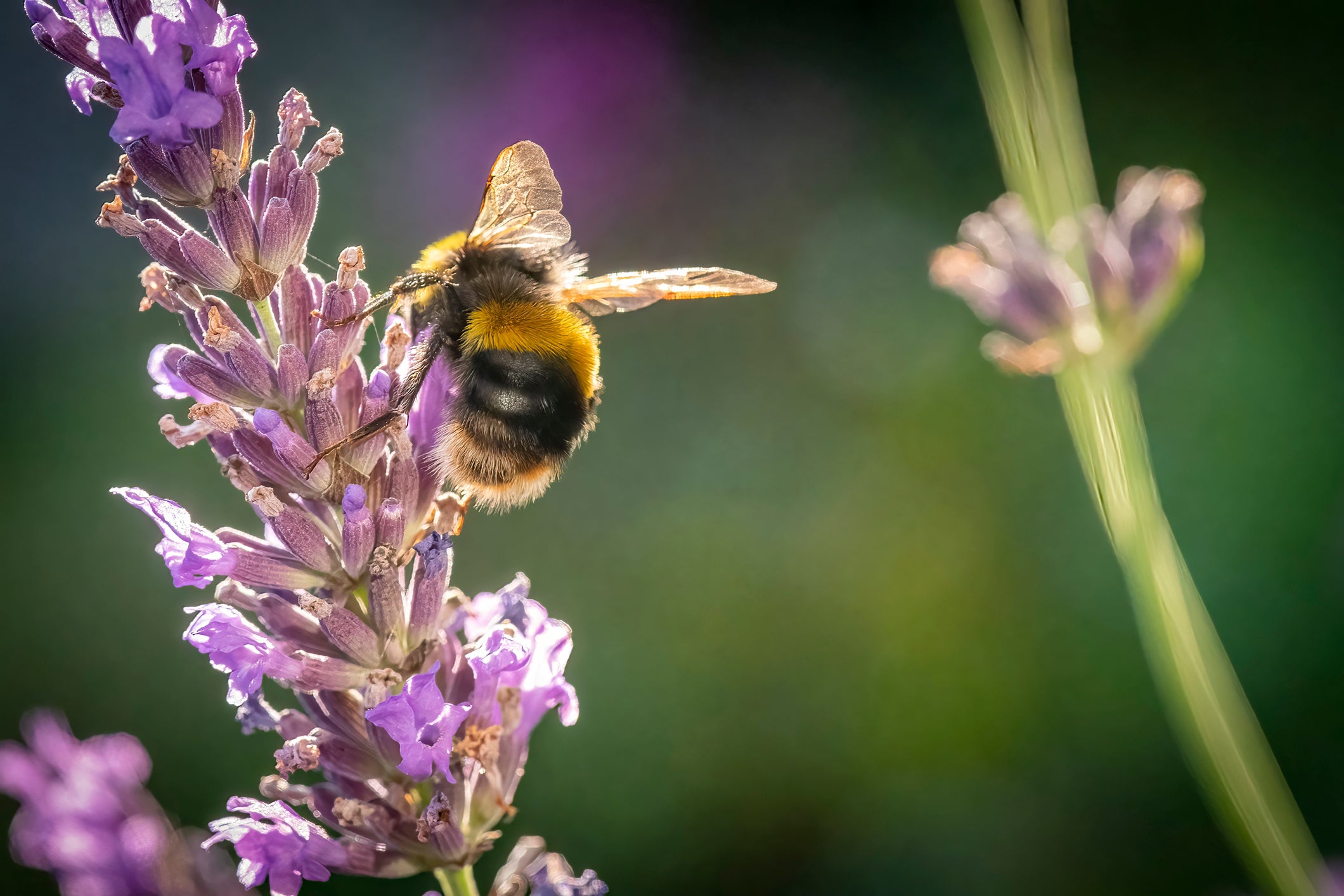Can bees count? That’s a more complicated question than you’d expect
These experiments may shed light on an important question: ‘Is maths invented or discovered?’


Two bee or not two bee? That is the question a group of Australian scientists set out to answer: whether bees can distinguish between odd and even numbers. And, perhaps surprisingly, they found the answer to be yes, they can.
This is the first example of a skill known as “parity classification” – determining whether a number of objects is odd or even – to have been exhibited in a non-human animal.
Researchers wanted to see whether the relatively simple brains of bees (containing just 960,000 neurons in comparison the human brain’s 86 billion) would be able to categorise numbers by their parity. The study was led by Dr Scarlett Howard at Monash University in Australia.
To do this they split their bees into two groups. Pieces of white card printed with between one and 10 black shapes were placed next to bee feeders and the bees were allowed to fly around discovering the food associated with each card. One group of bees were taught to associate even numbers a sugary reward and odd numbers with quinine – an anathema to bees. The other group were taught the opposite - to associate odd number stimuli with sugar and even numbers with quinine.
Once the bees in both groups were able to correctly find the sugary food by flying directly to the odd or even numbers at least 80 per cent of the time, they were deemed as trained. The researchers then tested the trained bees on cards with 11 and 12 objects – numbers they had not yet seen. Although not perfect, the bees who had learned to associate odd numbers with sugar predominantly navigated towards 11 and those who associated even with sugar went, the majority of the time, towards 12.
The trained bees were able to pick the correct stimulus and consequently garner themselves the reward 70 per cent of the time – significantly higher than the 50 per cent that would be expected by chance alone.
This isn’t the first time bees have been put to the mathematical test. Previously bees have been shown to perform simple addition and subtraction tasks and to place zero in the correct position on a number line. Just like we teach our primary school children the Arabic numerals, 1, 2, 3 etc, bees can also be taught to associate symbols with numbers.
These experiments may help to shed light on an important question in mathematical philosophy: “Is maths invented or discovered?”
According to Pythagoras’ famous theorem that we all learned by rote in school, “the square of the hypotenuse of a right-angled triangle is equal to the sum of the squares of the other two sides.” People arguing for the “discovered” theory would say this holds true for any right-angled triangle on a level surface – which is true whether or not there are humans around to acknowledge this fact.
This is all well and good, the “maths is invented” crowd might say, but there is no such thing as a perfect right-angled triangle in the real world. Infinity, to give another example, is an incredibly useful mathematical concept. But what in the physical universe can truly be infinite? No-one has ever performed an experiment which gives an infinite result. These ideas are inventions and simplifications of the universe designed to facilitate our mathematical understanding of reality. In other words they are just models of the real world.
The “discoverers” would point you back towards the animals. If animals can grasp mathematical concepts, that should prove these ideas exist independently of human invention? Perhaps not, the “inventors” might counter, it’s possible these animals are only learning mathematical tools that humans have invented, rather than rediscovering maths for themselves.
To keep up to speed with all the latest opinions and comment, sign up to our free weekly Voices Dispatches newsletter by clicking here
The hexagonal honeycombs that bees build in their hives would seem to weigh in on the side of “discoverers”. Charles Darwin suggested that bees had evolved to employ the honeycomb conjecture – that the hexagonal tessellation affords the largest honey cells for the smallest amount of wax. Did bees really invent the answer to the honeycomb conjecture millennia before it was proved by a mathematician in 1999, or is it just a lucky side-effect of the way the bees construct their cells?
In some senses, the debate over whether mathematics exists independently of humans, or is simply an abstraction we invented to describe our world, is its own version of Hamlet’s defining existential question: “to be or not to be”.
While the humans continue to debate the answer, the bees, it seems, also have something to say about it.
Join our commenting forum
Join thought-provoking conversations, follow other Independent readers and see their replies
Comments
Bookmark popover
Removed from bookmarks